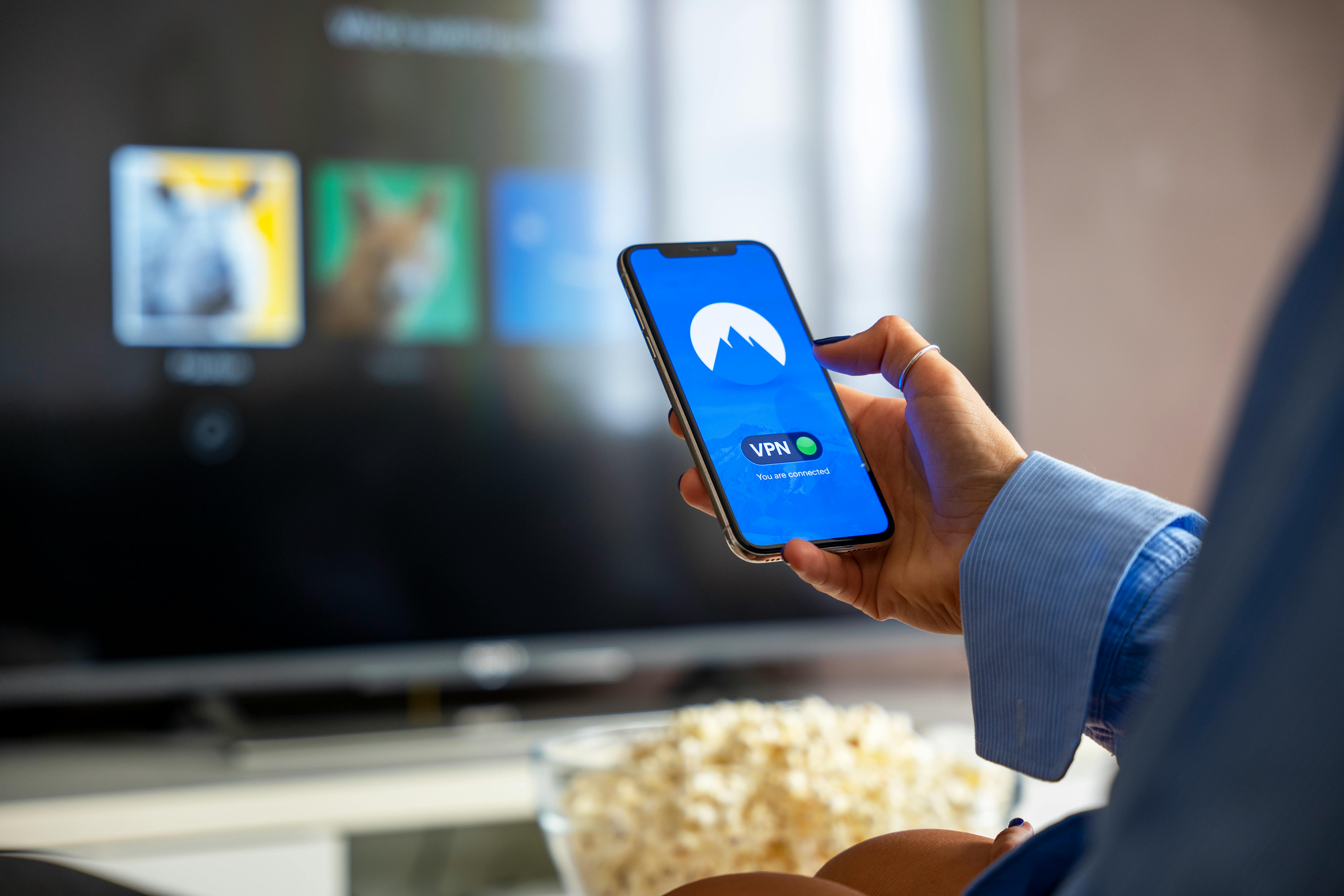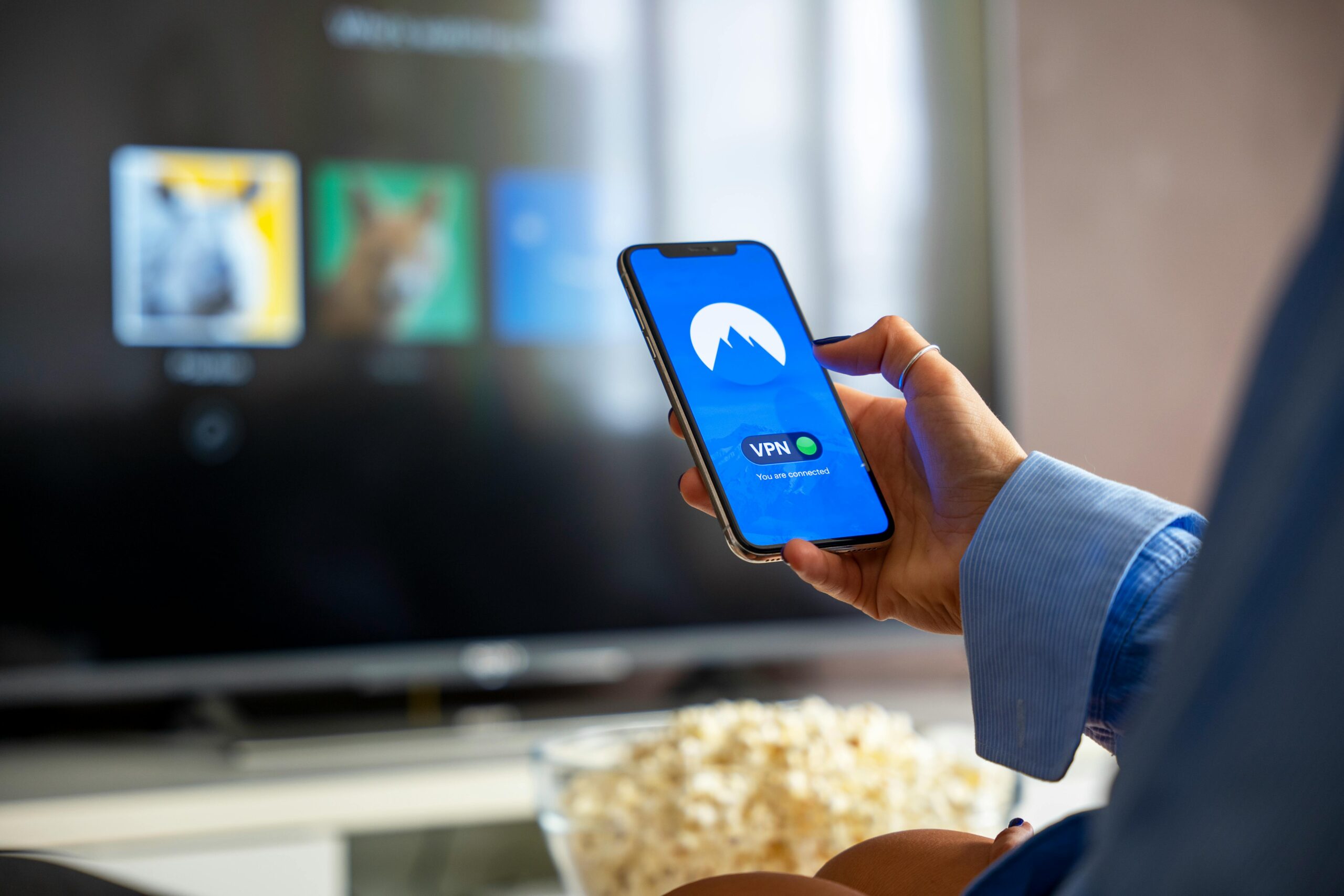Are you struggling with video jitters on Windows 11 after the latest update? You’re not alone! Many users have reported frustrating issues with video playback stuttering or lagging, turning what should be a smooth viewing experience into a choppy nightmare. In this article, we will explore effective solutions to fix Windows 11 video jitters post-update, ensuring you can enjoy your favorite movies, shows, and games without interruptions.
Imagine finally sitting down to watch the latest blockbuster or dive into an immersive gaming session, only to be met with distracting video playback issues. It’s incredibly frustrating, right? The good news is, there are simple yet powerful ways to unlock smooth playback on your Windows 11 device. By understanding the root causes of these jitters—whether they stem from software conflicts, graphics drivers, or system settings—you can take actionable steps to resolve these problems and enhance your viewing experience.
In the following sections, we will delve into proven methods to fix Windows 11 video jitters post-update, including adjusting your display settings, updating your graphics drivers, and optimizing your system performance. Whether you’re a casual viewer or a dedicated gamer, our comprehensive guide will equip you with the knowledge to tackle these issues head-on. Say goodbye to frustrating video playback and hello to seamless streaming and gaming today! Let’s get started on making your Windows 11 experience smoother than ever before.
Top 7 Proven Techniques to Eliminate Video Jitters on Windows 11 After Updates

Video playback issues can be super frustrating, especially after a Windows 11 update. Many users are noticing video jitters, stuttering, or lagging during playback. This can ruin your experience whether you’re watching movies, playing games, or doing video calls. Let’s explore the top 7 proven techniques to eliminate video jitters on Windows 11 after updates, so you can enjoy smooth playback once again.
1. Update Graphics Drivers
Outdated graphics drivers is one of the main culprits behind video playback problems. After a Windows update, your graphics drivers may need a refresh as well. You can go to the Device Manager, find the Display Adapters section, right-click on your graphics card, and choose “Update Driver.” This can often resolve many issues.
2. Adjust Hardware Acceleration Settings
Hardware acceleration can sometimes cause video jitters. To adjust this setting, you can open your video playback software, such as VLC or any web browser, and look for hardware acceleration options. Turning it off might help in some cases. Check also, if your graphics card settings have a hardware acceleration toggle, that could fix things.
3. Change Video Playback Software
Sometimes, the software you use for video playback can be the issue. If you’re using the default Windows Media Player and facing jitters, try switching to other programs like VLC or MPC-HC. These alternatives are often better at handling various file types and can provide smoother playback.
4. Disable Background Apps
Background applications can consume valuable system resources, leading to video playback issues. To prevent this, you can open the Task Manager (Ctrl + Shift + Esc) and close any unnecessary applications. This frees up CPU and memory resources, making your video playback smoother.
5. Check for Windows Updates and Patches
It may sound ironic, but sometimes another update is the solution to your problems. Microsoft frequently release patches to address issues, including video playback. Go to Settings > Windows Update, and check for any pending updates. Install those, and it might just fix the jitters.
6. Adjust Visual Effects Settings
Windows comes with many visual effects that can slow down performance. To optimize performance, you can adjust these settings. Right-click on the Start button, select System, then Advanced system settings. Under Performance, click Settings, and choose “Adjust for best performance”. This will turn off many visual effects that are unnecessary for video playback.
7. Lower Video Resolution
If you are experiencing video jitters, it might be beneficial to lower the resolution of the video. Setting it to a lower quality can help ease the load on your hardware, especially if your system is not high-end. Most players allow you to change the video quality directly in the settings during playback.
Here’s a quick comparison of the techniques:
| Technique | Ease of Use | Effectiveness | Best For |
|---|---|---|---|
| Update Graphics Drivers | Easy | High | All users |
| Adjust Hardware Acceleration | Moderate | Moderate | Tech-savvy users |
| Change Video Playback Software | Easy | High | All users |
| Disable Background Apps | Moderate | Moderate | Resource-heavy tasks |
| Check for Windows Updates | Easy | High | All users |
| Adjust Visual Effects Settings | Moderate | High | Performance seekers |
| Lower Video Resolution | Easy | Low | Low-end systems |
Fix Windows 11 video jitters post-update can be achieved with these techniques. Each method has its benefits, so experimenting to see what works for you is a great idea. Whether it’s updating drivers or changing settings, these tips should help you unlock smooth playback and enjoy your media without interruptions. Remember, the goal is to find what makes your setup work best for you.
Why Do Video Jitters Occur After Windows 11 Updates? Uncover the Hidden Causes!

When you update to Windows 11, you might find yourself experiencing some unexpected problems, like video jitters. It’s frustrating, especially if you were enjoying smooth playback before. So, why do video jitters occur after Windows 11 updates? The answer lies in a combination of software and hardware adjustments that sometimes don’t play well together. Uncovering the hidden causes of these jitters can help you get back to seamless viewing without too much hassle.
Common Causes of Video Jitters
-
Graphics Drivers Issues
After a Windows update, your graphics drivers may not be fully compatible with the new system settings. This can lead to performance problems, including video jitter. Drivers need to be updated to ensure they’re optimized for Windows 11. -
Display Settings Misconfigurations
Sometimes, the update might reset your display settings, which can cause lag or jitter during video playback. It’s essential to check your resolution and refresh rate after updating Windows. -
Hardware Acceleration Conflicts
Windows 11 introduces new features, including improved hardware acceleration. However, if your hardware can’t support these features, it could cause video playback problems. Turning off hardware acceleration in your video playback settings might resolve this. -
Background Applications
With Windows updates, some applications may automatically start in the background, hogging resources. This can lead to video jitters as your system struggles to allocate enough memory for smooth playback. -
Compatibility with Video Players
Not all video players are optimized for the changes made by Windows 11 updates. If you’re using an older version of a video player, it might not function well with the new operating system.
Fix Windows 11 Video Jitters Post-Update: Unlock Smooth Playback
Here are some practical steps you can take to eliminate those pesky video jitters:
-
Update Graphics Drivers:
Visit the manufacturer’s website for your graphics card and download the latest drivers. -
Check Display Settings:
Go to Settings > System > Display and ensure the resolution and refresh rate are set correctly. -
Disable Hardware Acceleration:
If you’re using a specific video player, navigate to its settings and turn off hardware acceleration. -
Close Background Applications:
Use the Task Manager (Ctrl + Shift + Esc) to see what’s running in the background and close unnecessary applications. -
Try a Different Video Player:
If issues persist, consider trying another video player that’s known to work well with Windows 11. VLC Media Player is a popular choice.
Additional Tips for Smooth Video Playback
-
Keep Windows Updated:
Always install the latest updates for Windows 11. Sometimes, Microsoft releases patches that fix performance issues. -
Adjust Power Settings:
Set your power settings to High Performance in the Control Panel. This can help your system dedicate more resources to video playback. -
Clean Up System:
Use disk cleanup tools to remove unnecessary files and free up space on your hard drive, which can improve overall performance. -
Check for Malware:
Viruses and malware can significantly affect your system’s performance. Make sure to run a full scan with a reliable antivirus program.
In the end, dealing with video jitters after a Windows 11 update can be a hassle, but by understanding the underlying causes and following these tips, you can get back to enjoying your favorite videos without interruptions. Keeping your system optimized and updated is key in preventing such frustrating issues in the future.
Step-by-Step Guide: Fix Windows 11 Video Jitters and Enjoy Seamless Streaming Today

Fixing video jitters on Windows 11 can be pretty frustrating, especially after a recent update. Many users in New York and beyond have reported these issues, which can ruin your streaming experience. This step-by-step guide will help you navigate through the potential fixes and let you enjoy smooth playback once again.
Understanding Video Jitters
Video jitters refers to that annoying stutter or lag you see while watching videos, and it can be caused by various factors. Sometimes it’s because of hardware limitations, other times it’s software-related like a recent update messing with your settings. Knowing what causes these jitters can help you fix them quicker.
Step 1: Check Your Hardware
First things first, do a quick check on your hardware. Ensure that your graphics card and other components meet the minimum requirements for Windows 11. Here’s what you should look at:
- Graphics Card: Make sure it’s updated to the latest drivers.
- RAM: At least 8GB is recommended for smooth functioning.
- Internet Speed: If you stream, a stable connection of at least 25 Mbps is ideal.
Step 2: Update Graphics Drivers
Outdated drivers can cause video issues. To fix Windows 11 video jitters post-update, updating your graphics driver is critical. Here’s how to do it:
- Press
Windows + Xand select Device Manager. - Expand the Display adapters section.
- Right-click on your graphics card and choose Update driver.
- Select Search automatically for updated driver software.
Step 3: Adjust Video Playback Settings
Another important step is to check your video playback settings. Sometimes, Windows may adjust these settings after an update, leading to video jitters. You can fix it by:
- Open the Settings app.
- Go to Apps and then Video Playback.
- Turn off the options that say “Let Windows decide” and set your preferences manually.
Step 4: Disable Hardware Acceleration
Hardware acceleration is a feature that can sometimes backfire. If you are experiencing video jitters, disabling it might help. You can do this in applications like browsers or even media players. To disable it in Chrome:
- Open Chrome and go to Settings.
- Scroll down and click on Advanced.
- Find the “Use hardware acceleration when available” toggle and turn it off.
Step 5: Check for Windows Updates
Sometimes the fixes come directly from Microsoft. Keeping your Windows 11 up to date is essential. To check for updates, follow these steps:
- Open the Settings app.
- Click on Windows Update.
- Click on Check for updates and install anything that’s pending.
Additional Tips
- Clear Cache: Sometimes, caching issues can lead to performance problems. Regularly clear the cache of your browser or media player.
- Use a Different Media Player: If you experience jitters in one player, try another. VLC and MPC-HC are popular choices.
Summary of Steps to Fix Windows 11 Video Jitters
- Check hardware compatibility.
- Update graphics drivers.
- Adjust video playback settings.
- Disable hardware acceleration.
- Keep Windows updated.
By following these steps, you should be able to fix Windows 11 video jitters post-update. It’s all about trial and error, sometimes. If one method doesn’t work, try another until you find what resolves the issue. Enjoy seamless streaming today! Remember, technology can be tricky, but with a little patience, you’ll get there.
Unlock the Secrets: How to Optimize Your Windows 11 Settings for Smooth Video Playback

In the fast-paced world of digital entertainment, lagging video playback can be super frustrating, especially for those using Windows 11. Because of constant updates and new features, sometimes the experience isn’t what you expect. If you are dealing with video jitters after the latest update, you’re not alone. Many users have reported this issue, but luckily, there are ways to optimize your Windows 11 settings for a smoother viewing experience. Let’s dive into some tips and tricks that can help you unlock smooth playback.
Check Your Graphics Drivers
Keeping your graphics drivers updated is crucial for smooth video playback. If your drivers are outdated, they may not work well with Windows 11’s new features. Here’s how to check and update your graphics drivers:
- Right-click on the Start button and select “Device Manager.”
- Expand the “Display adapters” section.
- Right-click your graphics card and choose “Update driver.”
- Follow the prompts to search automatically for updated driver software.
If you’re unsure about which drivers to download, you can always visit the manufacturer’s website for your graphics card, like NVIDIA or AMD, to find the latest versions.
Adjust Video Playback Settings
Windows 11 comes with built-in video playback settings that can be adjusted for a better experience. You can find these settings in the Windows Settings app. Here’s what to do:
- Go to Settings > System > Display.
- Scroll down to the “Advanced display” settings.
- Make sure the refresh rate is set to the highest possible for your monitor. A higher refresh rate can lead to a smoother video playback.
Disable Hardware Acceleration
Sometimes, hardware acceleration can cause video playback issues. Disabling it may help fix the jitters. Here’s how you can do it:
- Open your video playback application (for example, VLC or Windows Media Player).
- Look for settings related to playback or performance.
- Find the option for hardware acceleration and turn it off.
This may vary based on the application you’re using, so you might need to do a bit of digging.
Optimize Power Settings
Your computer’s power settings can also affect video playback. If your system is set to a power-saving mode, it may limit performance. To change this:
- Go to Control Panel > Hardware and Sound > Power Options.
- Select “High performance” to ensure your PC runs at its best.
Check for Background Processes
Running too many applications in the background can hog your system resources and lead to video playback issues. To check for and close unnecessary processes:
- Press Ctrl + Shift + Esc to open Task Manager.
- Look under the “Processes” tab for any apps that are using high CPU or memory.
- Right-click on them and select “End task” if they are not essential.
System File Checker Scan
Corrupted system files can also cause video playback problems. Running a System File Checker (SFC) scan can help fix these issues:
- Open the Start menu and type “cmd.”
- Right-click on “Command Prompt” and select “Run as administrator.”
- Type “sfc /scannow” and press Enter.
This process may take some time but will scan and repair corrupted files.
Conclusion
By following these steps, you can unlock the secrets to optimizing your Windows 11 settings for smooth video playback. Whether you are streaming your favorite shows or watching online tutorials, a few adjustments can make a world of difference. Staying proactive with updates and settings adjustments can ensure you enjoy a seamless experience every time you sit down to watch. Don’t let video jitters spoil your fun!
Is Your Windows 11 System Causing Video Jitters? 5 Quick Fixes You Need to Try Now!

Is your Windows 11 system causing video jitters? This is a common problem many users encounter, especially after a recent update. You’re not alone if you’ve noticed choppy video playback or stuttering graphics while watching movies or playing games. Thankfully, there are quick fixes you can try to get back to smooth viewing.
Understanding Video Jitters in Windows 11
Video jitters usually happens when the system’s hardware or software struggles to keep up with the demands of video playback. This can be due to various reasons like outdated graphics drivers, incompatible settings, or even background processes hogging resources. Since Windows 11 introduced several new features and changes, these can sometimes interfere with your video experience.
Check Your Graphics Drivers
One of the first things you should do is check if your graphics drivers are up-to-date. Graphics drivers are essential for your system to communicate effectively with your hardware. An outdated or corrupt driver can lead to performance issues, including video jitters.
- How to update drivers:
- Right-click on the Start button and select Device Manager.
- Expand the Display adapters section.
- Right-click on your graphics card and choose Update driver.
- Follow the prompts to search automatically for updated driver software.
Adjust Video Playback Settings
Sometimes, the default playback settings can create issues. You might need to tweak some configurations to get rid of the jitters.
- Check these settings:
- Open the video player settings.
- Look for hardware acceleration. If it’s enabled, try disabling it, as it can sometimes cause more problems than it solves.
- Change the video output settings to see if it improves playback.
Disable Background Applications
Another common culprit for video jitters is background applications consuming valuable system resources. These apps can include anything from web browsers to software updates running in the background.
- Steps to manage background apps:
- Press Ctrl + Shift + Esc to open the Task Manager.
- Check the Processes tab. Look for any unnecessary applications using high CPU or memory.
- Right-click on those applications and select End Task to close them.
Check for Windows Updates
It’s essential to keep your Windows operating system updated. Sometimes, Microsoft releases patches that can fix bugs affecting video playback.
- Steps to check for updates:
- Go to Settings and click on Windows Update.
- Click on Check for updates to see if there are any pending updates.
- If updates are available, install them and restart your system.
Optimize Power Settings
Your system’s power settings might also impact video playback. If your computer is set to a power-saving mode, it might throttle performance.
- How to change power settings:
- Go to Control Panel and select Power Options.
- Choose the High Performance plan to ensure your system runs optimally during video playback.
By trying these five quick fixes, you can unlock smooth playback on your Windows 11 system and enjoy a better viewing experience. Remember, troubleshooting video jitters may require some trial and error, and not every solution works for everyone. So, don’t get discouraged if the first fix doesn’t work.
If problems persist, you might consider reaching out to Microsoft Support or checking online forums for specific issues others might have faced. With a little patience, you can get your Windows 11 system back to providing you with the smooth video experience you deserve.
Conclusion
In conclusion, addressing video jitters in Windows 11 post-update requires a systematic approach that combines several key troubleshooting steps. We explored the importance of updating graphics drivers, adjusting display settings, and checking for Windows updates to ensure optimal performance. Additionally, disabling hardware acceleration in applications and tweaking the Game Mode settings can significantly enhance video playback quality. If these solutions do not resolve the issue, considering hardware upgrades or consulting with Microsoft support may be necessary. Ultimately, maintaining a smooth viewing experience is crucial for both casual users and professionals alike. We encourage you to implement these strategies and monitor your system’s performance. Should problems persist, don’t hesitate to reach out to tech support or engage with community forums for further assistance. Keeping your system finely tuned will ensure you enjoy the best of what Windows 11 has to offer.

